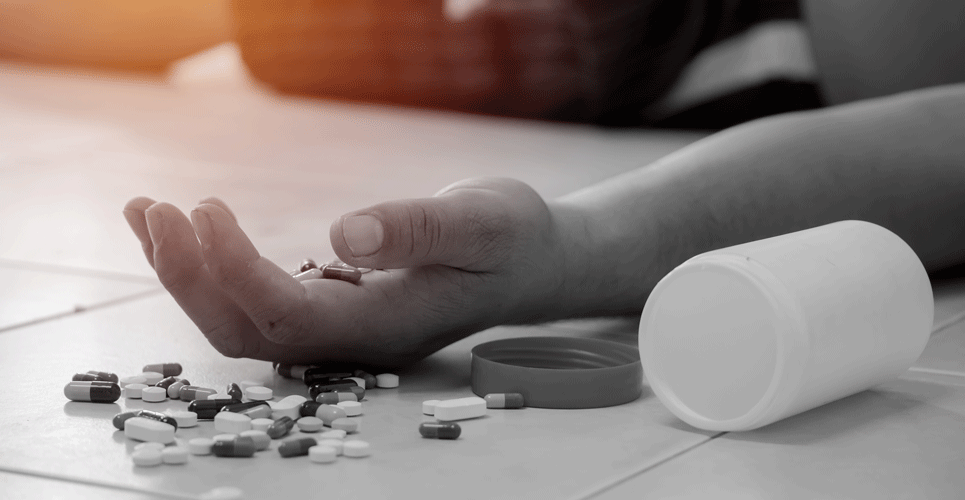Starting opioid treatment in patients who present at emergency departments (EDs) after a suspected opioid overdose offers an ideal opportunity for physicians to minimise subsequent harm but appears to be infrequently initiated.
This was the conclusion of a 21-month study at EDs by a team from the Department of Pediatrics, Child Health Evaluation and Research Center, University of Michigan, US.
The importance of starting harm minimisation therapy is an important intervention as highlighted by studies examining the mortality rate among opioid overdose patients.
For example, in a study of over 17,000 patients treated for a suspected opioid overdose at EDs, the one-year mortality rate was around 5.5%, with 20.5% of these deaths occurring within a month of discharge.
Moreover, evidence suggests that naloxone programmes can reduce subsequent opioid overdose death rates and the need to introduce such programmes has become much more critical during the COVID-19 pandemic due to the observed increased rate of ED visits for opioid overdoses.
For the present study, researchers undertook a retrospective study and turned to an all-payer database which provided information on pharmacy and medical claims, to assess the rates of naloxone and buprenorphine prescribing within 30 days of an ED visit for a suspected opioid overdose between August 2019 and April 2021.
Although buprenorphine has other therapeutic uses, the researchers focused only on formulations approved for opioid use disorder.
Findings
During the period of the study, there were 68,072,261 ED visits, of which 148,966 (0.2%) were for opioid overdose and thus could have led to the initiation of opioid treatment. Among these visits, 53,073 (35.6%) were for women and 42.1% of patients were aged 18 to 34 years.
For the 148,966 ED opioid-overdose visits, 7.4% (95% CI 7.3% – 7.5%) of individuals were prescribed at least one naloxone prescription within 30 days of their ED visit and 6.3% (95% CI 6.2% – 6.4%) had at least one naloxone prescription dispensed.
For buprenorphine, 8.5% (95% CI 8.3% – 8.6%) of patients were issued with at least one buprenorphine prescriptions within 30 days of their ED visit and 8.2% (95% CI 8.0% – 8.3%) at a buprenorphine prescription dispensed within 30 days of their visit.
Commenting on their results, the authors calculated that after an ED visit for a suspected overdose, opioid treatment with naloxone or buprenorphine was initiated in only one in 13 and one in 12 respectively for all ED visits.
They suggested that clinicians were therefore missing an ideal opportunity to prevent subsequent opioid overdose-related mortality, although they recognised that the onus to prescribe was not the sole responsibility of ED clinicians but that this could happen within the outpatient setting.
In their conclusion, they suggested that future studies should focus on interventions to overcome and minimise the barriers to prescribing opioid treatment to reduce this potential missed opportunity.
Citation
Chua KP et al. Naloxone and Buprenorphine Prescribing Following US Emergency Department Visits for Suspected Opioid Overdose: August 2019 to April 2021 Ann Emerg Med 2021.

